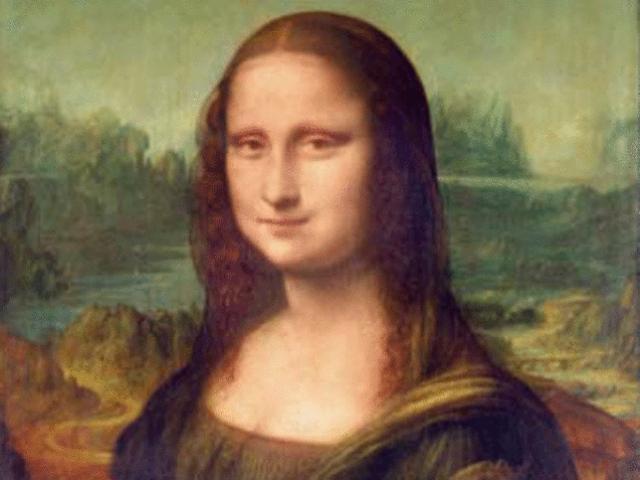Louvre
Don't miss anything
Mona Lisa
by Leonardo da Vinci.
So many people around to see the most “famous” painting in the world...
It won this quality when it was stolen by an Italian in 1911, becoming the most popular property robbery in times of peace. The world press scandal “where is the Gioconda?” was a global issue. However, you must think that if it had not been stolen, probably nobody would be here today.
To appreciate the Mona Lisa, you must forget the selfies and the people around you, breathe 3 seconds and think about the next sentence that Leonardo said: “A face is not well done unless it expresses a state of mind”.
The emotional or psychological state is the subject of the painting. In the artist's portrait of Lisa Gherardini, a noblewoman whose portrait was commissioned by her husband Franciso del Giacondo (hence her name in Italian “La Gioconda”), Leonardo focuses on the expression of happiness. Using his sfumato technique, the transition between the light and the curtain creates an increased sense in the connection between the viewer and the subject, almost as if one were conversing with her.
Leonardo makes the experience so personal, as if it were us, the spectator, that we can decide how she feels. He gives us the power to complete his piece of art with our own subjective feelings, making this both a traditional and very modern portrait.
Mona Lisa's smile is accentuated rising to the right side of her face and being flatter on the left side. This also increases the ambiguity of her expression. Leonardo dresses her in simple clothes, so the viewer can concentrate more on her face and the half-fictional landscape behind her. Mona Lisa’s gaze follows you, you never know if she is smiling at you.
Mona Lisa is a real woman, but Leonardo also seems to make her divine! Her calm and confident expression creates a sense of mystery as if she understands the secrets of the world. Her expression is repeated in other divine figures of Leonardo's paintings, such as the Virgin of the Rocks or The Virgin with Saint Anne, both in the Louvre.




